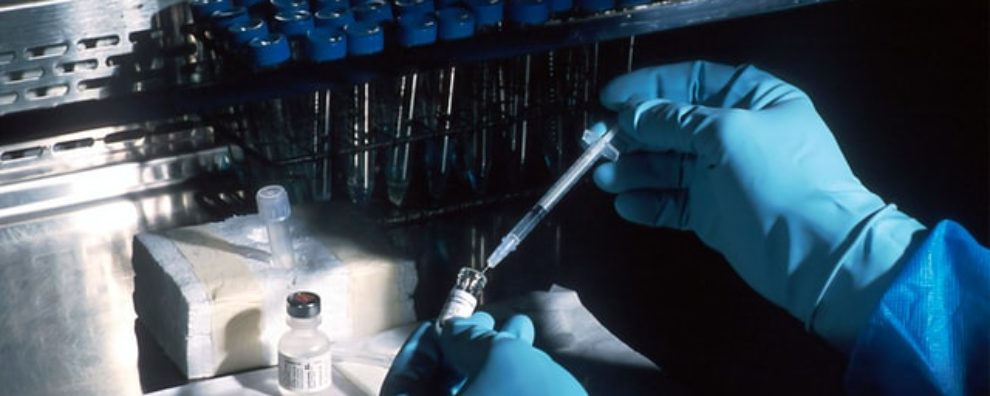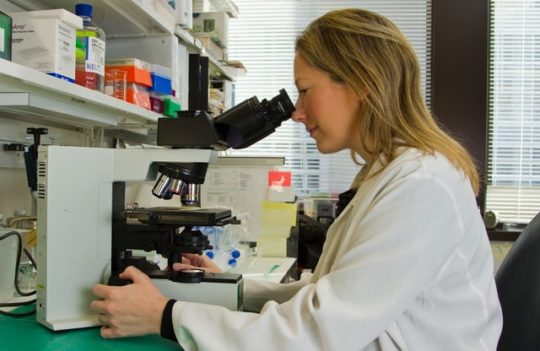 Antibody-drug conjugates
Antibody-drug conjugates
Antibody-drug conjugates: Antibody design and conjugation
The careful design and engineering of monoclonal antibody carriers should precede any effort in ADC generation. Target selection and antibody profiling to ensure optimal affinity and specificity are the most important properties to measure during the early stage of antibody design. Followed by the need to select an adequate conjugation method for optimal distribution and load of the drug on the surface of its carrier.
Antibody carrier design
Antibody-drug conjugates (ADC) are complex biomolecules consisting of a monoclonal antibody and a payload connected by a linker. ADCs comprise an emerging class of biopharmaceuticals with broad use for the treatment of oncological and hematological disorders. For most applications, antibodies are designed to bind specific disease-markers followed by internalization. The internalization of the biomolecule via lysosomes results in antibody degradation and subsequent release of the cytotoxic cargo into the intracellular environment.
The number of approvals of ADCs has been increasing in recent years. However, these biologics still face considerably higher attrition rates in comparison to conventional monoclonal antibody therapies. To improve success rates, experts are increasingly turning to antibody profiling and screening to reduce off-tumor toxicity and increase the safety of these life-saving drugs.
Vital antibody properties & optimization
The antibody fraction of an ADC acts both as a carrier and targeting agent. Because they are often conjugated with extremely toxic drugs, antibodies not only need to be highly specific towards disease markers, they are also required to have low immunogenicity.
Most ADCs act by internalization. For this reason, it is important to determine not only its affinity but also its fate upon receptor binding. Different antibodies able to bind the same antigen may have substantially different internalization rates. Thus, profiling these properties at an early stage greatly improves the success rates and safety of ADCs.
Antibody profiling or screening can help researchers make more informed decisions regarding ADC development (i.e., conjugation method, linker chemistry, etc.). Moreover, when done at an early stage, profiling can substantially reduce production costs. The following methodologies are recurrently used for the optimization of antibody precursors:
- Antibody affinity – measuring affinity to surface cell receptors (native or recombinant) can be achieved with high precision using Surface Plasmon Resonance imaging (SPRi)
- Antibody internalization and fate/degradation – the rate of internalization and fate of ADCs can be determined by confocal microscopy and/or flow cytometry
Notably, in recent years, an increasing number of studies indicate that not all ADCs need to be internalized to be effective and safe. These studies suggest that non-internalizing ADCs may be preferred when targeting solid and bulky tumors.
Solid tumors are known to be particularly recalcitrant to conventional ADC therapies due to slow diffusion and antibody trapping by peripheral tumor cells (antigen barrier). In vitro studies with ADCs conjugated with cleavable linkers have shown promise by releasing highly toxic cargoes only in the periphery of these tumors.
Antibody target selection
Targets for ADC therapies are usually specific surface cell receptors with high expression levels in cancer cells. Additionally, these receptors should be accessible to the ADC. But it remains challenging to identify the best marker for each condition due to well-known heterogeneity.
For instance, Kadcyla™, the first FDA-approved ADC targets HER2 (human epidermal growth factor receptor 2) which is only present in 10-20% of breast cancer patients. Despite the low abundance, this ADC remains efficient in the treatment of that subset of patients. This suggests that it is increasingly important to invest in biomarker research both for the design of fast and cost-efficient differential diagnostics tools and the identification of better clinical targets.
Concluding remarks
Antibody design is an important first step in ADC development. Several factors must be taken into account during the early stages including antibody specificity and affinity. Moreover, when designing conventional internalizing ADC therapies, internalization rates should be carefully assessed using adequate methods such as confocal microscopy.
Preparing the antibody for conjugation with the linker-payload cargo is also of vital importance. This starts by deciding which component of the antibody will be used for conjugation – amino acid, glycosylation sites, etc. Furthermore, it requires careful planning of the conjugation strategy (chemical versus enzymatic) for optimal drug load and distribution.
ADC development is a multi-step and complex process that requires the optimization of each individual component as well as the optimization of the final conjugated molecule. For this reason, all aspects need to be carefully considered to make ADC therapies safer and thus improve their approval rates.
- Khongorzul, P. et al. Antibody-Drug Conjugates: A Comprehensive Review. Mol Cancer Res. 2020; 18(1):3-19. doi: 10.1158/1541-7786.MCR-19-0582
- Nejadmoghaddam, M. R. et al. Antibody-Drug Conjugates: Possibilities and Challenges. Avicenna J Med Biotechnol. 2019; 11(1): 3–23. Retrieved from https://www.ncbi.nlm.nih.gov/pmc/articles/PMC6359697/
You could also be interested in:


